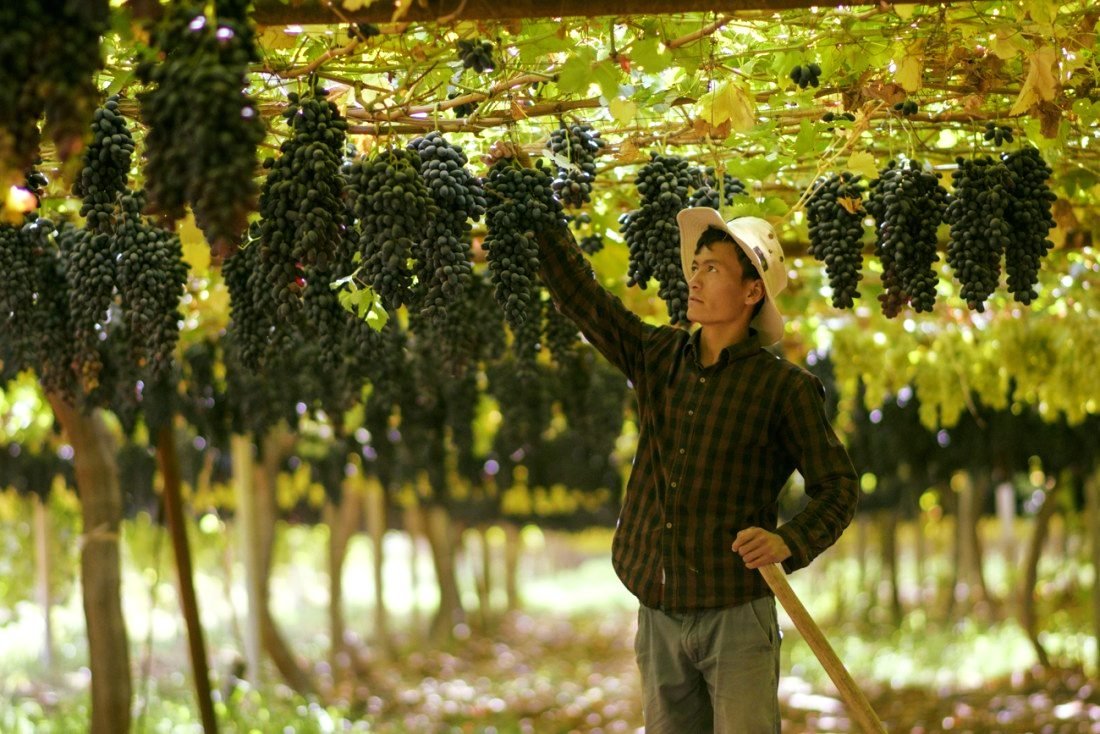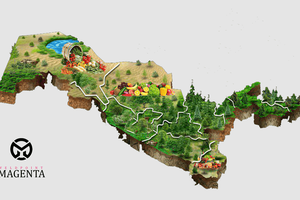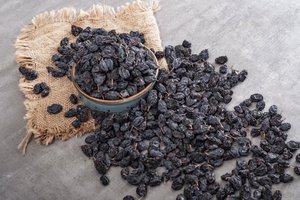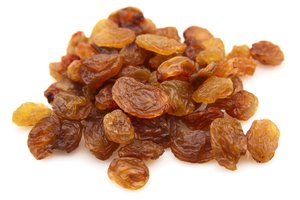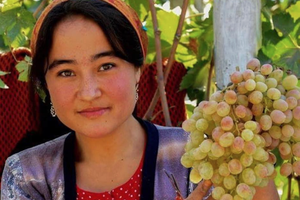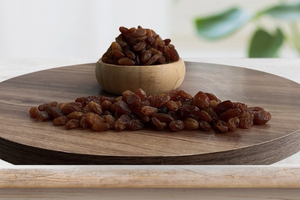Food Safety and Sustainable Agriculture
Food safety and sustainable agriculture have gained significant importance worldwide in recent years. Dried foods, with their long shelf life, ability to retain nutritional value, and ease of transportation, have become essential both for domestic consumption and export. In this context, fruits such as grapes and apricots are at the heart of the dried fruit market. The quality of these products is directly linked to food processing technologies and the characteristics of the grape varieties used.
Grape Cultivation in Uzbekistan: Climate and Diversity
Uzbekistan, with its warm climate, abundant sunshine, and fertile soil, offers ideal conditions for grape cultivation. Therefore, both table and raisin grape varieties are successfully grown in the region. The country has over 200 local grape varieties, most of which are seedless, fleshy, and resistant to cold and diseases. Furthermore, with the advancement of food processing technologies, the drying and processing of these varieties have become more efficient.
Main Grape Varieties and Their Characteristics
Tayfi Rozovyy
Originally from Saudi Arabia, this grape variety has been cultivated in Uzbekistan since 1959. It has large, fleshy, and juicy berries with a high sugar content (22–24%) and low acidity. It is highly suitable for raisin production and has excellent transport durability, which enhances its export potential.
Rizamat
Developed by the Samarkand Research Institute, this variety ripens in the early-to-mid season and produces large clusters weighing 350–400 grams. With a taste score of 5/5, it is suitable for both fresh consumption and processed grape products. Its annual yield is very high (200–250 tons/ha).
Kishmish Chornyy
Known as one of Central Asia’s finest seedless grape varieties, Kishmish Chornyy is recognized for its soft texture and dark skin. With an average cluster weight of 172 grams, it is particularly popular in raisin production. However, it is more susceptible to diseases, which can be mitigated through modern food processing technologies.
Kishmish Sugdiyona
This hybrid variety was developed by crossing Pobeda and Black Kishmish grapes. It is harvested in late August and early September. With a high sugar content (25–26%), it is ideal for drying. The berries are oval, dark, and aromatic. When processed using modern food processing technologies, it yields high-quality raisins.
The Role of Grapes and Apricots in Dried Foods
Raisins and dried apricots are widely consumed worldwide as healthy snacks and energy sources. Their quality depends on the type of raw material and the processing techniques used. The advancement of food processing technologies has enabled drying with minimal nutrient loss. Especially through modern methods such as infrared drying, freeze-drying, and vacuum drying, fruits like grapes and apricots have become more valuable both nutritionally and commercially.
Added Value through Food Processing Technologies
Processing agricultural products like grapes and apricots through food technologies extends their shelf life and enables marketing in various forms. For example:
- Dried apricots are in high demand both domestically and in European and Middle Eastern markets.
- Raisins are used in cakes, biscuits, and energy bars, integrating into the food industry.
- Grapes are processed into juice, concentrate, vinegar, and wine.
Thus, Uzbekistan’s rich grape diversity and favorable climate present a strong opportunity for producing high-value dried food products.
Health Benefits of Dried Grapes and Apricots
- Rich in antioxidants
- High in iron and potassium
- Supports digestive health
- Provides energy and reduces fatigue
- Contains natural sugars, making it an ideal dessert alternative for non-diabetic individuals
Conclusion
The grape varieties grown in Uzbekistan contribute significantly not only to local consumption but also to the dried food industry through food processing technologies. Particularly seedless, high-sugar, and disease-resistant varieties are ideal for drying and enable the production of value-added export goods. Processing grapes and apricots using modern drying technologies enhances both their nutritional and commercial value. Therefore, food processing — where agriculture meets technology — is emerging as one of the most strategic sectors of the future.
📚 References
Yuldashev Rakhimjon Tojidinovich & Iminov Ibrokhim Abduragimovich (2022). Description of Grape Varieties Grown in Uzbekistan. Oriental Renaissance: Innovative, Educational, Natural and Social Sciences, Vol. 2, Issue 5, pp. 628–634.
Xatamova, X. K. et al. (2021). Methods Of Drying Subtropical Fruits And Their Importance For Human Health. The American Journal of Applied Sciences, 3(05), 148–154.
Mamatov, U. I. (2021). Grape Growing. Tasvir Publications.
Hamidakhon K. Khatamova & Kimsanova K. A. (2020). The Peach Propagation Methods. The American Journal of Agriculture and Biomedical Engineering, 2(11), 42–46.

